Three Centuries
of American Wars
18th Century
| Join with us and examine the causes and undercurrents of a war that opened the initial pages of American history. We call this early chapter, "Colonists battle an Empire". The recurring thread was the insistent demand for freedom, liberty, and independence that stirred a rebellion. |
19th Century
| Compared to other American wars, this conflict pales in duration and cost. However, its significance is elevated to a lofty stature because it reaffirmed the independence of a small nation. A click on this link unfolds an American history replete with consequences. |
| Effectively, the prospective combatants joined issue in 1845 when the United States annexed Texas. This preordained the war that followed that created a two ocean nation. Join us in this trans continental journey on a road paved with a unique American war. |
| "Civil" hardly described the debate of American partisans from north and south. That same tone found voice in the United States Congress. Heated rhetoric morphed into a clash of arms that divided a nation and changed the direction of American history. Standard war history reflects demands for territory and/or domination of subjugated people. This conflict, however, involved competing philosophies of social and economic principles. Our examination illuminates both the evident and subtle tides of war. |
| America's holy grail, the belief in liberty and freedom, found expression beyond their own shores. Empathy with Cubans repressed by a foreign occupying force resulted in a war that carried United States troops across the Caribbean Sea and the Pacific Ocean. Learn how this war was a departure from prior policy. This American war closed the 19th century with numerous overseas sequels to follow. |
20th Century
| An assassination in the Balkans sparked the embers of European tensions into a raging conflagration. The United States was reluctant to entertain any "foreign entanglements" until 1917. The public was motivated by slogans such as the "war to end all wars". Welcome to the 20th century and the role of technology in U.S. wars and the course of American history. |
| America repeated its "fence sitting" as in World War 1, but with a definite tilt toward Great Britain and its allies. In 1941, any reluctance was dissipated in response to the Japanese attack on Pearl Harbor. Battles spilled over into the most remote corners of the world. Follow the tactics and strategies that redefined modern war history. |
| The United States, with a limited number of international partners, in a precedent setting act, became the enforcement arm for the United Nations. They responded to the aggressor who had set the Korean peninsula on fire. Read about the role of North Korea as a fighting surrogate for other communist countries. |
| The domino theory held that a loss to communist aggression in Southeast Asia would invite the fall of countries friendly to the United States and its own Philippine possession. Years of advisory and financial support for South Vietnam led to direct, hot engagement in 1965 along side of unparalleled domestic political upheaval. At the conclusion of hostilities, the longest , sustained war to date in American history was over. |
| If your eyes disclose a chronology discrepancy, you will learn as you read this chapter on U.S. wars, although largely bloodless, this war had the greatest impact on the body politic. The "cold" war had wrapped its icy tentacles around the Korean and Vietnam wars. The years of estrangement with the Soviet Union were tense, dramatic and guided by the policy of "mutually assured destruction". The ace in the hole, the atomic bomb, in the possession of both belligerents. |
| A war by any other name is still a war. Just ask the one million national guardsmen and reservists called to active duty when Iraq attacked Kuwait. General Colin Powell's doctrine for using overwhelming force quickly brought Iraq to its knees.This closes the chapter of American wars in the 20th century, but don't close the book. Welcome to the 21st century. |
Each century Americans have been called to arms. Some wars were fought with almost universal, popular support. Some were subject to intense debate questioning its utility or morality.
Nevertheless, there has always been an unbroken, common thread. That common theme is the matchless courage of its armed services, and in many instances, similar civilian contributions to each war.
Every war has been distinguished by selfless sacrifice, and this site is dedicated to all those men and women who served and will never be forgotten.
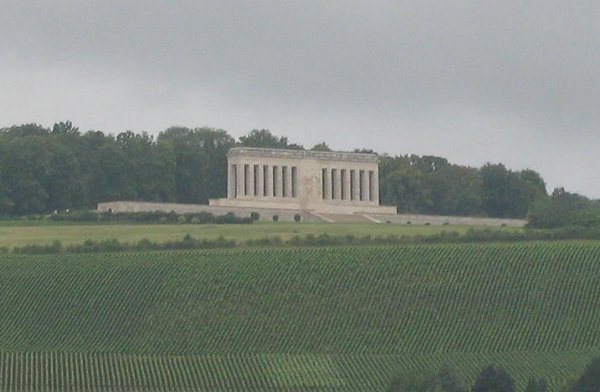
Chateau Thierry Memorial
Majestically Overlooking French Vineyard
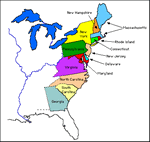
13 Colonies
1775

1804 White House
Latrobe Plan

1814 White House
Burned by the British

1836 Alamo

2012 Alamo
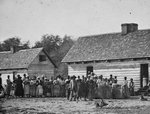
Plantation Slaves
1861
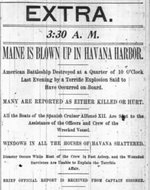
1898

Trench Warfare
1917
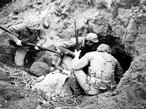
Tunnel Warfare
1942
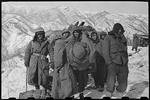
Winter Warfare
1950
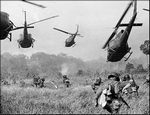
Air Warfare
1975
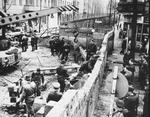
1961 Berlin Wall

1989 Berlin Wall
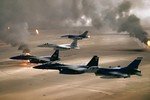
Bombing Run
1990